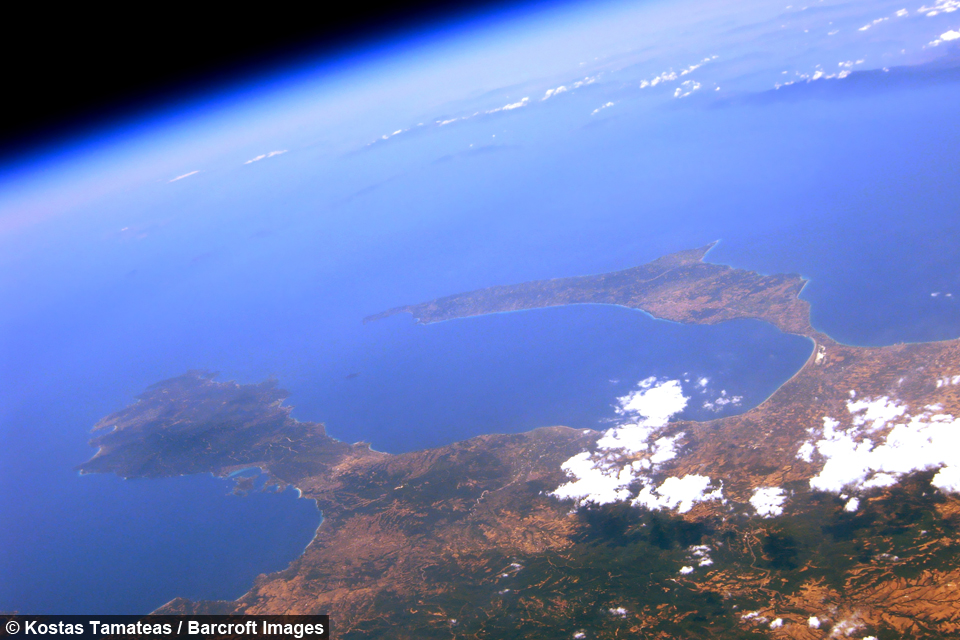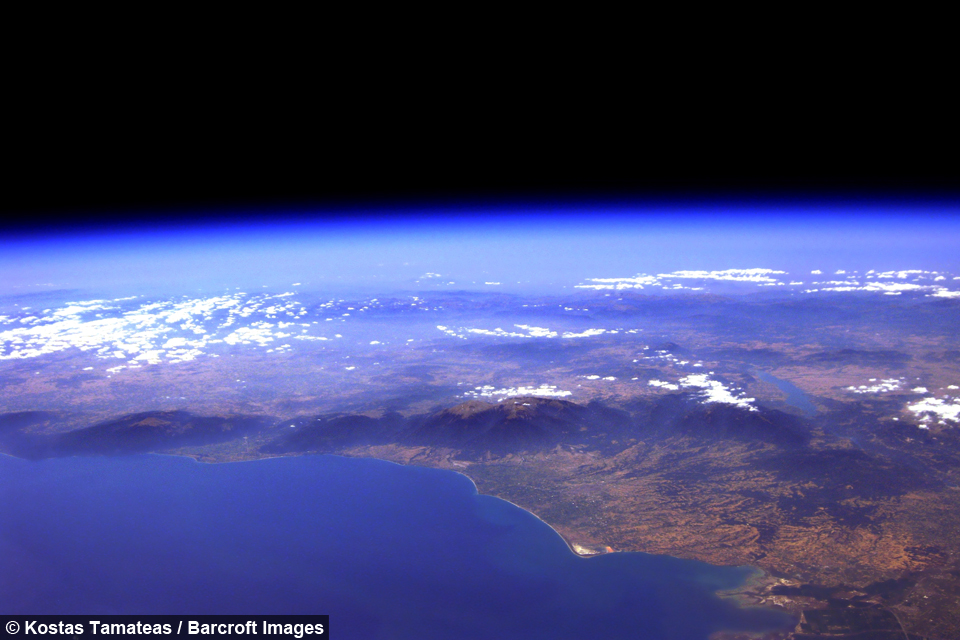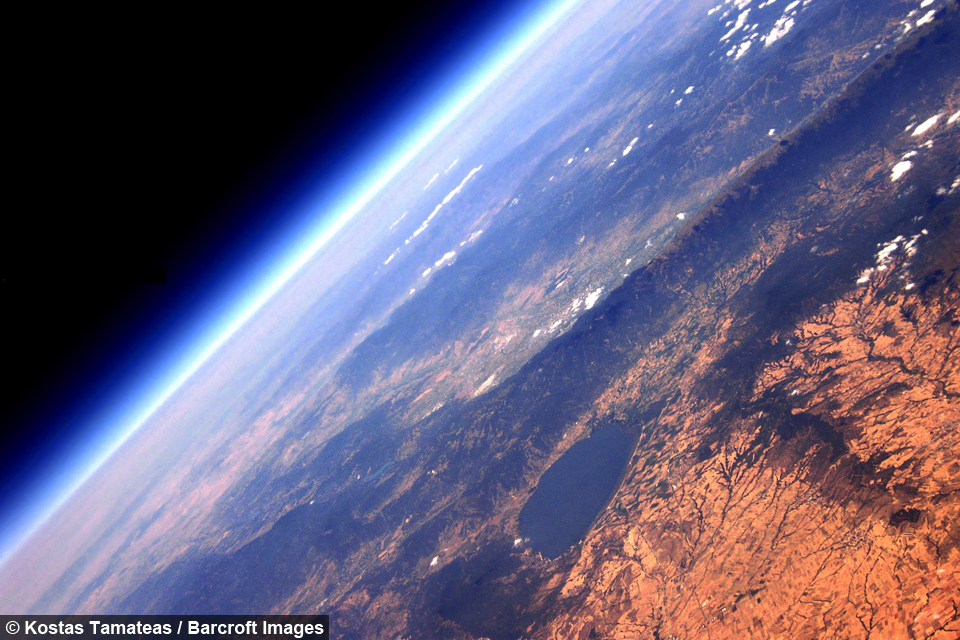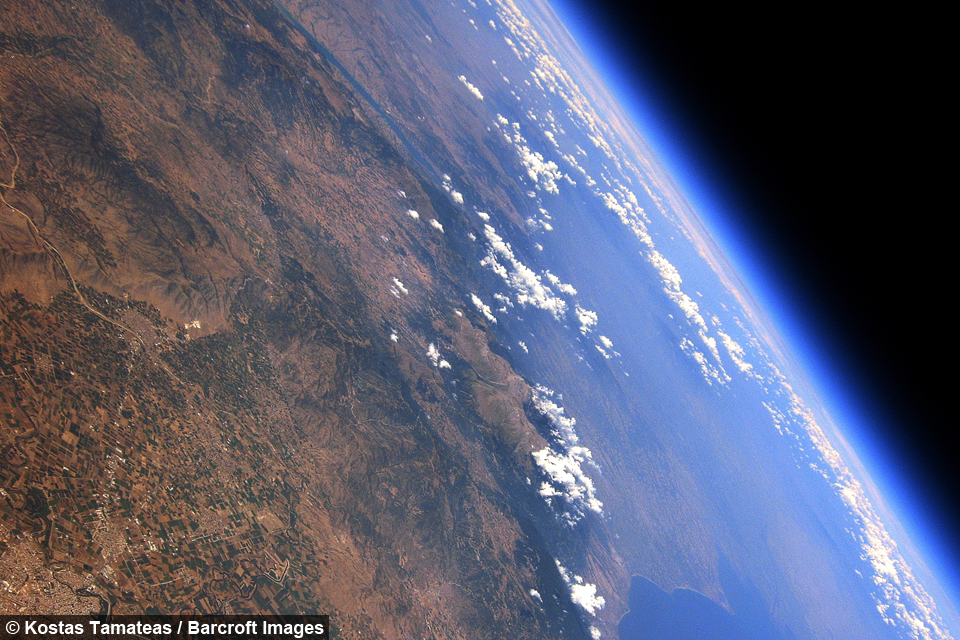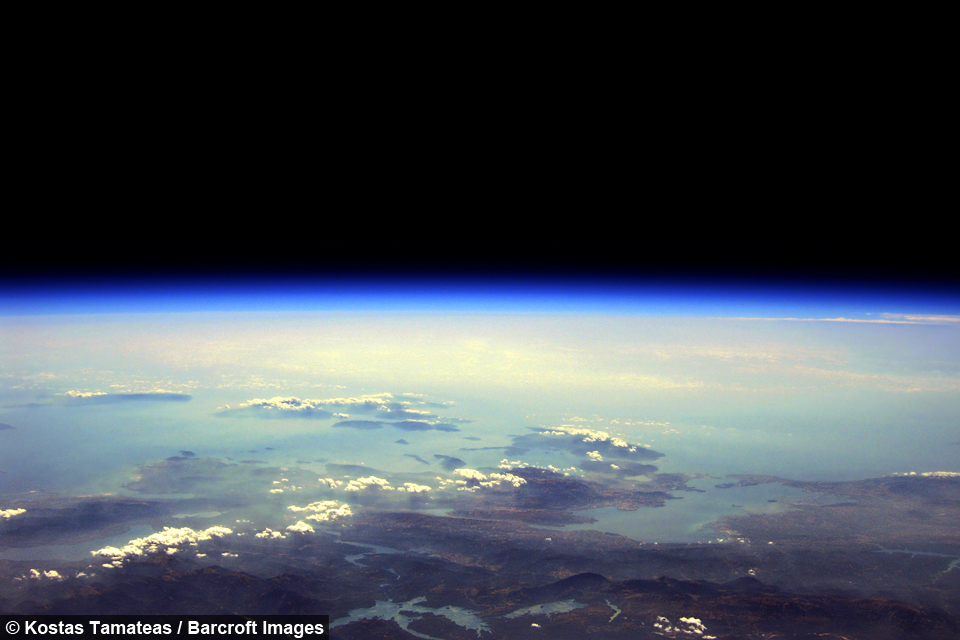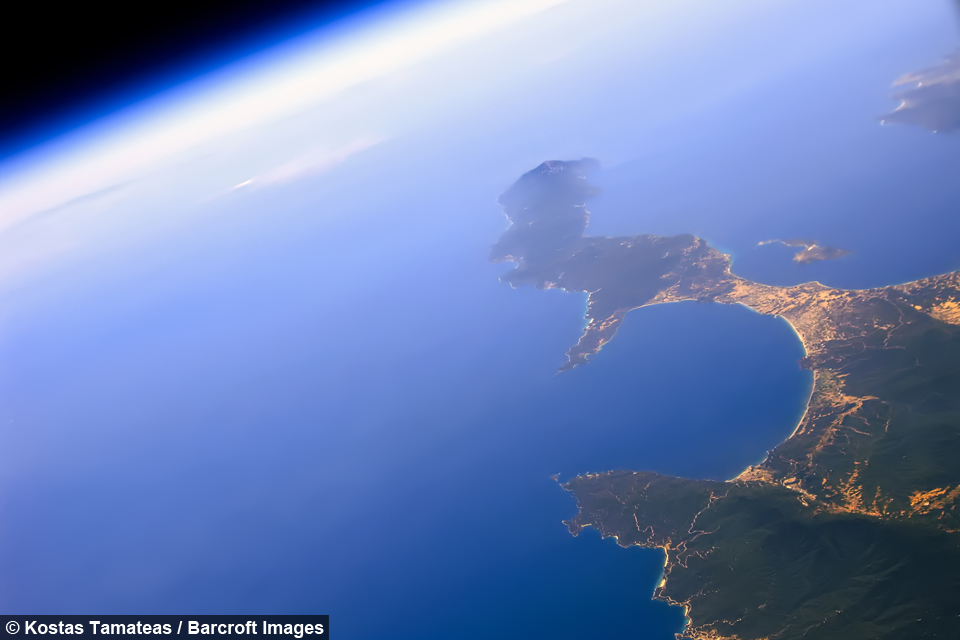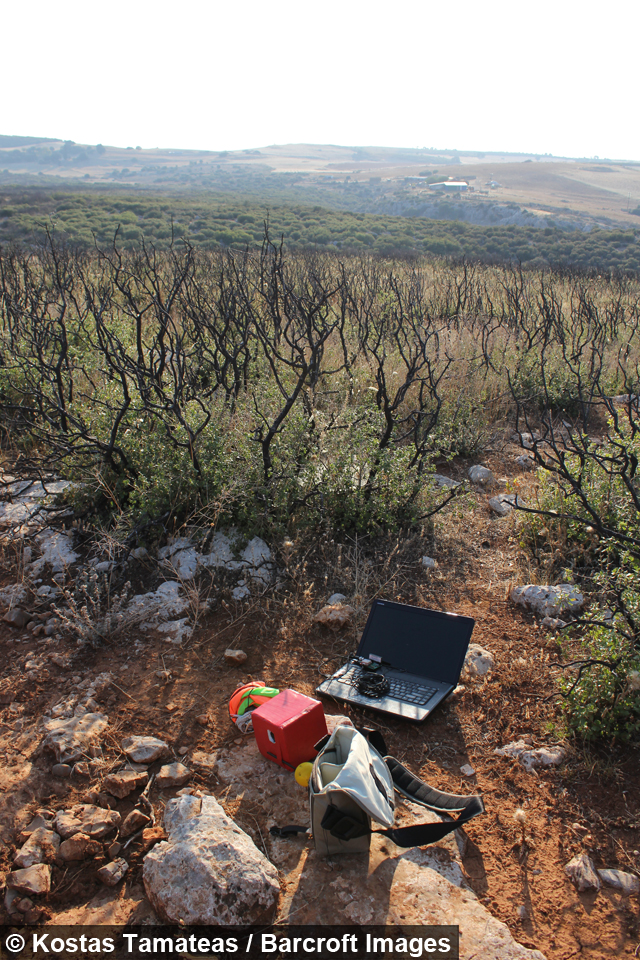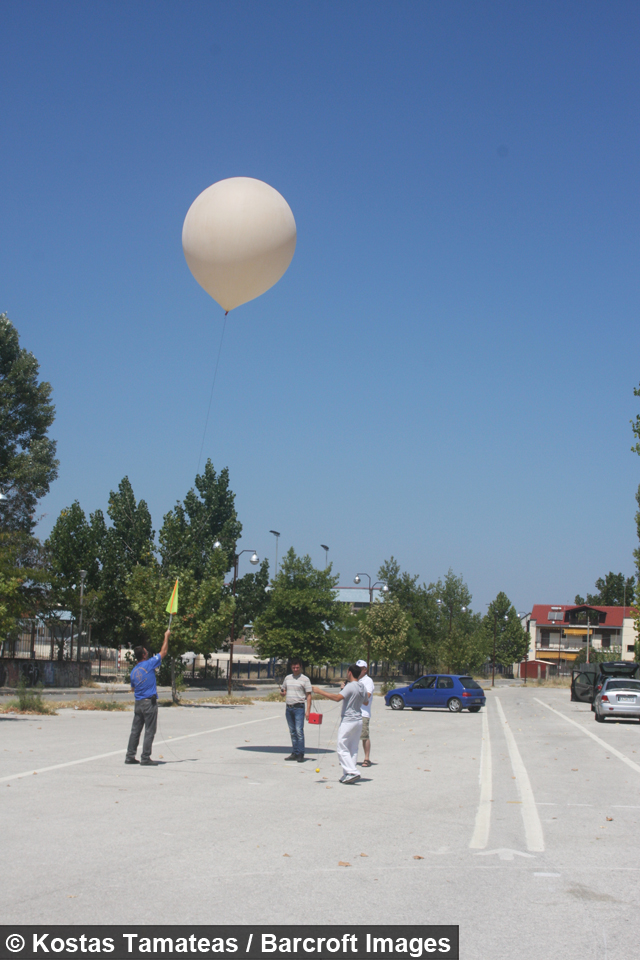Space DIY: Engineer uses balloon to photograph Greece from space
By Hannah Stevens @hannahshewans
Scroll down for the full story
Videographer / director: Kostas Tamateas
Producer: Hannah Stevens, Ellie Winstanley
Editor: Joshua Douglas
Konstantinos Tamateas began building the stratospheric flight project in 2010 and has now sent two balloons into space to photograph his home country through the atmosphere.
His first balloon - called Balkan Space Xpress - launched on 19 July 2012 and peaked at 21 miles over Thessaloniki, Greece.
The second launch - titled Stratonauts - took place on 26 August 2013.
The SlaRos project - named after Serbian-American inventor Nikolas Tesla and the myth of Icarus - was conceived in 2006 when Konstantinos graduated but he did not start work on it until 2010.
He said: “I was always fascinated by the universe and SlaRos was the only realistic creation I could build with my bare hands to reach above the skies.
“It took me nearly three years to study, develop and prepare the launch. It is a multi-skill project, which combines knowledge from various sectors such as electronics, software and telecommunications.
“I spent nearly 2500 euros destroying and building bits and pieces of the flight project.”
As the 30-year-old’s skill set is in software engineering, it took years of independent development and study to acquire the necessary skills to launch his stratospheric flights.
The process involved developing a mini computer that would follow his commands with a built in tracking sub-system.
He constructed a 15x15 capsule to hold his cameras and the mini computer before connecting the structure to a high-altitude helium balloon.
After months of exhausting preparation, Konstantinos found the balloon seven days after its epic fall from space.
He said: “I was with my buddy in a cafeteria just after we recovered the capsule from the outskirts of a village.
“We were so tired and stressed while we were opening it - we were silent, like we had done something bad.
“When we saw the images, it was unbelievable and I told him: ‘We did it!’"
Konstantinos’ creation captured stunning photographs of Mount Olympus, the Ionian Sea and the Thessalian plain.
The project has inspired him and he hopes to continue his pioneering work when Greece’s economy stabilises.
He said: “After a 2/2 mission success the project is over. Right now my country has got major economic issues.
“Such projects need a lot of free time and money. This is something we don’t have in Greece right now.”
More information on his project can be found at: https://www.facebook.com/SlaRos-259791880701530/?fref=ts
